#ross noble
Explore tagged Tumblr posts
Text
HOLY SHIT, THE SECOND COMPLETED DRAWING IN A ROW, I AM QUITE SHOCKED TOO

Some of you may already know that I am picky about the animated media I choose to watch and it’s a pretty rare case when I enjoy something new in terms of release. But when I find such a thing, it surely becomes a favorite of mine for a reason - the same situation I had last August with an Australian series “Cooked” made by Studio Gilay.
I was in hospital and saw a reels of Cooky - the ghost of British seafarer Captain James Cook - attending the trend about doing a typical chav makeup to prove that he “was enough British”. I didn’t recognize him at first, but the funny vid of pretty looking undead man caught my attention and I came to the blog to watch the series later. I loved the cartoon - it surely helped me to relieve much of the stress I was experiencing being in hospital, made me laugh out loud at some moments and boosted me to study the history of Captain Cook and learn about the struggles of the Indigenous people of Australia for their rights and against the colonization of their land.
Cooky boi’s not my only favorite character - Mahnra’s - an Indigenous Australian lady trapped inside a goat - one as well, because I liked her fighting spirit and badass personality and I would really like to be as strong and perky as she is. I must also note that we both share an interest for male bооties! C:< And that’s also the reason why I’m into Cooky, besides his gentle, charismatic and kind of fruity figure~ 🍑
It’s also worth considering that voice action done by comedians Ross Noble (Cooky) and Steph Tisdell (Mahnra) plays the key role in the whole series as well - it makes us fall in love with it! C:
To sum up, I highly recommend you to watch it if you haven’t! Personally I would really love to see the continuation and just more content of these two! 👻🐐
p.s. the version without the text

#artists on tumblr#my art#studio gilay#cooked cartoon#cooked#captain james cook#mahnra the goat#ross noble#steph tisdell#jake duczynski
24 notes
·
View notes
Text
“There's a fine line between entertainment and a hostage situation.”
-Cookie Masterson to binjpipe
(Source: Ross Noble, Things.)
10 notes
·
View notes
Text















I watch way too much standup comedy probably anyway if you like standup and are looking for something to watch any of these are well worth your time
#standup comedy#john mulaney#eddie izzard#dylan moran#chris fleming#sindhu vee#craig ferguson#jerry seinfeld#patton oswalt#tig notaro#ross noble#maria bamford#wanda sykes#james acaster#eugene mirman#ophira eisenberg
15 notes
·
View notes
Text
victoria coren mitchell really out here teaching us how to respond to misogynists
Have I Got News For You - s41.ep04
#crystalball#hignfy#ian hislop#paul Merton#ross noble#vcm#victoria coren#victoria coren mitchell#vicky coren#alexander armstrong#have i got news for you
121 notes
·
View notes
Text
LOOK AT HADLEY'S FLOOFY HAIR!!!!!!!!!!!!
16 notes
·
View notes
Text
"To all my trans brothers I say respect ✊. And to all my trans sisters I say congrats on inventing the radio."
Solid incredible joke from Ross Noble.
6 notes
·
View notes
Note

Wow! Thank you :)
2 notes
·
View notes
Text

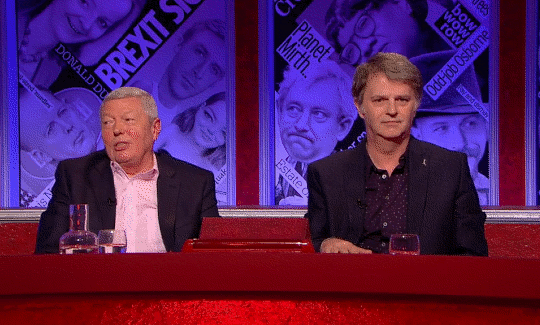
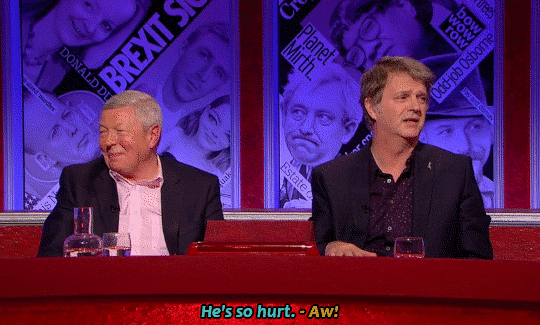
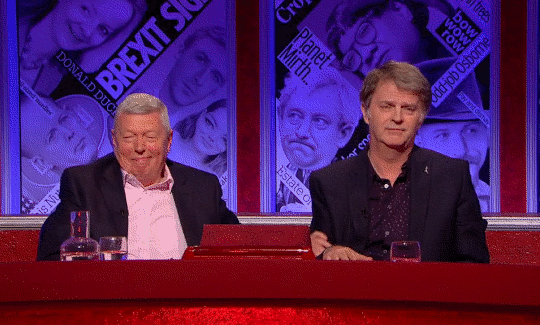
+ bonus (they were so evil for doing this to him lmao)
12 notes
·
View notes
Text
the only downside to the Ross Noble episode of Off Menu is that i can't listen to it for the first time ever again
0 notes
Text
youtube
"i wouldn't say that to his face to be honest"
#i feel the need to include this point of reference#to me calling russell crowe the perfect muffin man#this has lived rent free in my head for fifteen years#also ross noble is my favourite comedian#ross noble#russell crowe#Youtube
0 notes
Text
Iconic duos of Twinks and their Redheads





#twink and a redhead#supernatural#suits tv#doctor who#the mortal instruments#donna paulsen#mike ross#tenth doctor#donna noble#amy pond#rory williams#charlie bradbury#dean winchester#tv shows
32 notes
·
View notes
Text
And then there's Ross Noble: Time Traveler.
youtube
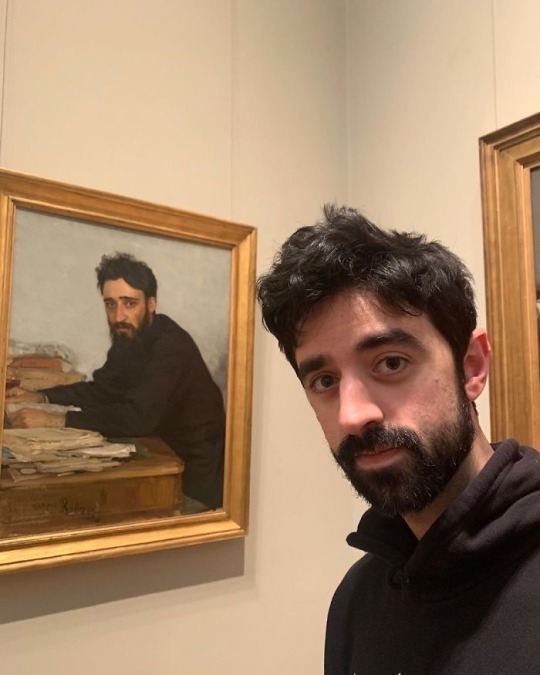
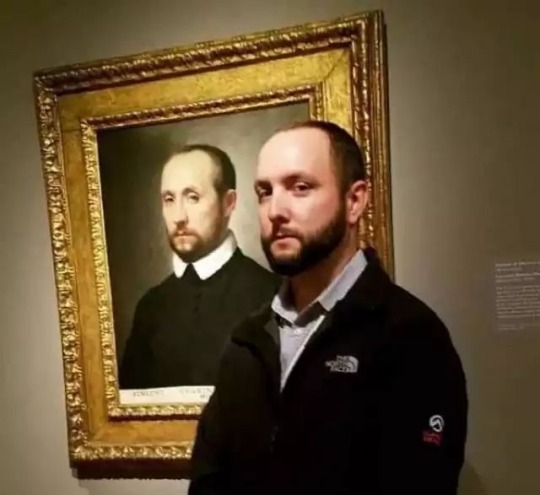
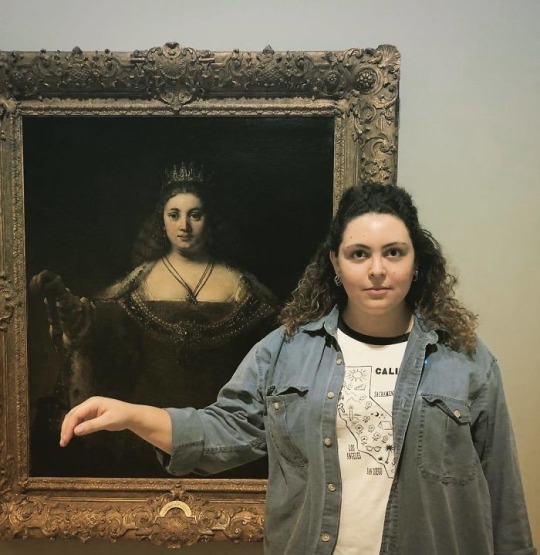
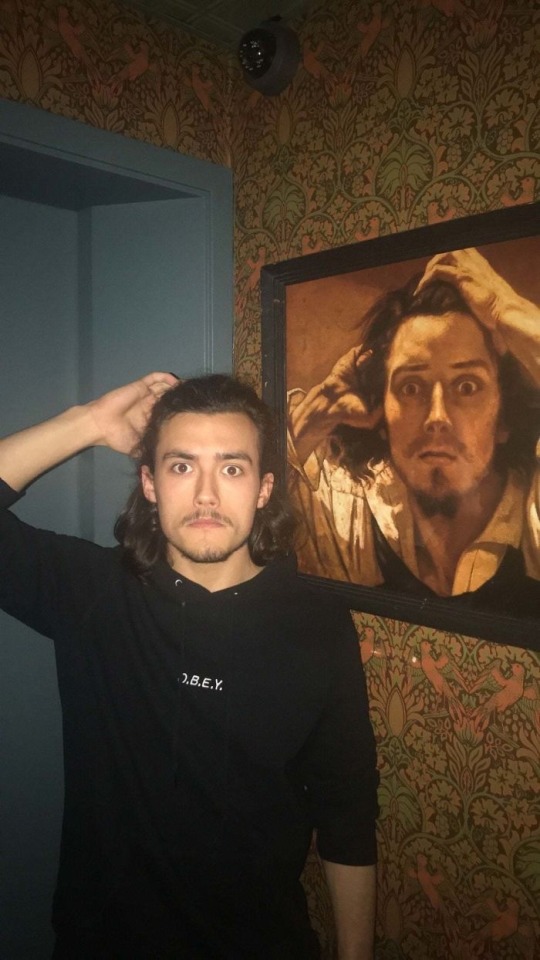
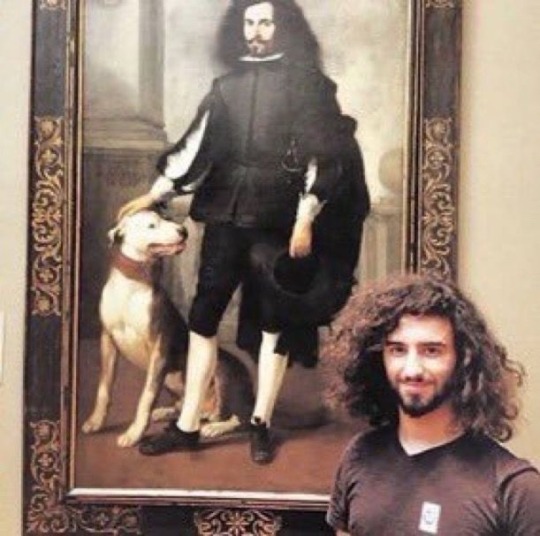

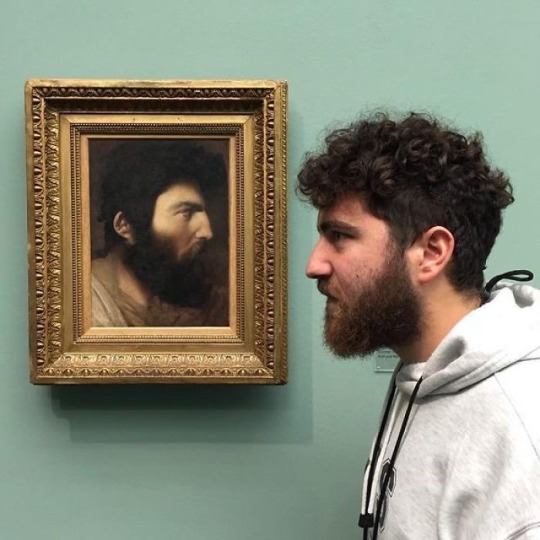
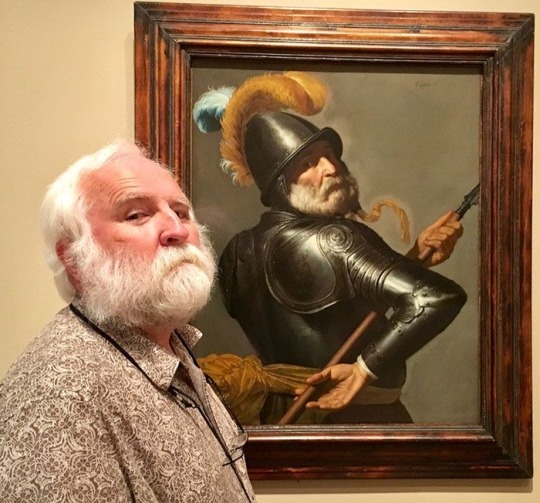
people
118K notes
·
View notes
Text

Viola Hitchens is the great-granddaughter of Iola Black, a disgraced member of House Black, and Bob Hitchens, a muggleborn wizard. She was born in 1941 and enrolled at Hogwarts School of Witchcraft and Wizardry in September of 1952, being sorted into Slytherin House. Viola married fellow classmate Malcolm Mcgonagall and had two children with him: Isobel and Ross Mcgonagall.
Viola Hitchens is the oc of @harbinger-0f-spring who has allowed me to post this introduction and create this aesthetic.
#the cat is totally not malcolm in animagus form 👀#viola hitchens#bob hitchens#iola hitchens#iola black#noble and most ancient house of black#malcolm mcgonagall#ross mcgonagall#isobel mcgonagall (ii)#ocs#aesthetic#hogwarts 1950s#moodboard
12 notes
·
View notes
Text

Murders in the Rue Morgue (1932)
For the bookworms reading this, fair warning: there have been almost no faithful film adaptations of an Edgar Allan Poe work. In the absence of any cinematic-literary faithfulness to Poe’s bibliography, there still remains a plethora of big-screen Poe adaptations that, from a cinematic standpoint, are simply mesmeric to watch. Robert Florey’s Murders in the Rue Morgue, starring Béla Lugosi one year after his career-defining role in Dracula (1931) and released by Universal, is one of the earliest such adaptations. Its atmospheric filmmaking reminiscent of the tangled geometries of German Expressionism and Lugosi’s creepy turn in a starring role may make Poe loyalists furious, but one hopes they can also see the remarkable craft of this film, too.
Though lesser known than both Dracula and Frankenstein (1931), Florey’s Murders in the Rue Morgue came about due to legacies of both those productions. Following the successful release of Dracula in February 1931, Universal considered Lugosi as their go-to star for horror films. Producer Carl Laemmle Jr. – the son of Universal’s chief executive and co-founder, Carl Laemmle – wanted Lugosi to play Frankenstein’s monster (often mistakenly called “Frankenstein”), and even had Lugosi play the monster in several minutes of test footage. That footage, now lost, is one of horror cinema’s greatest sights unseen. Sometime after that test shoot, Universal gave director James Whale a first-choice pick for his next project after the rousing critical and commercial success of Waterloo Bridge (1931). Whale chose Frankenstein, requested a screenplay rewrite, and cast the British actor Boris Karloff in the role. As consolation, Lammle Jr. gave the Hungarian American Lugosi the starring role in Murders in Rue Morgue.
In a Parisian carnival in 1845, we find ourselves in a sideshow tent. There, Dr. Mirakle (Lugosi; meer-AH-cull, not to be pronounced like “miracle”) provides a presentation that is anything but the freak show the attendees are anticipating. He unveils an ape, Erik (Charles Gemora – an actor in an ape suit; some close-up shots are of an actual ape), whom he claims he is able to understand and converse with – even though Erik is unable to speak any human language. In the audience, Mirakle spots a young lady, Camille L’Espanaye (Sidney Fox), and asks her to be his intrepid volunteer for a demonstration. The demonstration goes awry, to the ire of both Camille and her fiancé, Pierre Dupin (Leon Ames). As Camille and Pierre exit the carnival, Mirakle orders his assistant, Janos (Noble Johnson), to trail them. Thus sets in motion the film’s grisly plot.
The film also stars silent film comic actor Bert Roach as one of Camille and Pierre’s friends, Betsy Ross Clarke as Camille’s mother, character actor D’Arcy Corrigan as the morgue keeper, and Arlene Francis (best known as a regular panelist on the game show What’s My Line?) as a prostitute.
Murders in the Rue Morgue, with a screenplay by Tom Reed (1925’s The Phantom of the Opera, 1931’s Waterloo Bridge) and Dale Van Every (1937’s Captains Courageous, 1942’s The Talk of the Town), is one of the most violent pre-Code horror films from the early synchronized sound years. It was so violent, in fact, that Universal’s executives harbored trepidation throughout its entire production and demanded narrative and structural changes that ultimately harmed the film (including cutting grotesque and violent sequences, leaving behind the current 62-minute runtime). The best example of this damage comes from the film’s opening third. Unbeknownst to the carnival attendees, Mirakle has been performing horrifying experiments involving cross-species blood mixing and, through heavy implication by the filmmaking and Gemora’s performance, bestiality (hey, it’s a pre-Code movie!). Originally, Florey’s adaptation of Murders in the Rue Morgue began with Mirakle and Janos abducting Arlene Francis’ streetwalker and Mirakle’s torturing and experimentation on her. Only after that did the film transition to Mirakle’s sideshow presentation.
The reordering of these two scenes – in the final print, the sideshow opens the movie and the abduction and experimentation follows a turgid romantic scene between Camille and Pierre – makes the sideshow opening seem sillier than it should be. If the original order had been kept, Florey’s initial intention to instill dread during the sideshow only after the abduction and experimentation scene – as the audience would be well aware of what Mirakle is capable of – would have made the film’s exposition feel far less stage-bound and hokey than it does. The abduction and experimentation scene’s blood-curdling horror remains (the scene contains a boundary-pushing combination of bestial and religious allusions that some modern filmmakers might not even dare to push), but the romantic scene immediately preceding makes for a rough tonal transition. In comparison to later horror films from the Hollywood Studio System released after stricter implementation of the Hays Code in 1934, these scenes – in addition to a later investigation and the film’s finale – hold up wonderfully.
Crucially, Tom Reed and Dale Van Every’s screenplay alter genres from Edgar Allan Poe’s original short story. With the introduction of hobbyist detective C. Auguste Dupin, Poe’s The Murders in the Rue Morgue is a foundational piece of early Western detective fiction. Or, in Poe’s words, Murders in the Rue Morgue is a “ratiocination tale” – a name that was never going to catch on in any century. Poe’s Dupin, a character who later influenced Sir Arthur Conan Doyle’s Sherlock Holmes and Agatha Christie’s Hercule Poirot, undergoes a name change in Reed and Van Every’s adaptation, and we do not see nearly as much deduction and investigating here as in the short story. Reed and Van Every’s screenplay, which delete all but two scenes from the Poe short story, also elevate one of their own creations – Dr. Mirakle – at the expense of Dupin. In addition, it is clear early on who is responsible for the violent acts within the narrative. And, unlike the Poe’s original short story in which Dupin and the unnamed narrator read about the violence in the newspaper, the film shows these acts explicitly or the lead-up to them. Director Robert Florey’s film is decidedly a horror film, not a mystery.
Having Béla Lugosi in the cast in his first film after Dracula is a surefire way to confirm that you are making/watching a horror film. Reed and Van Every’s clunky dialogue might not do Sidney Fox and Leon Ames any favors, but it is a gift for Lugosi. Lugosi’s heavily accented English typecast him later in his career to mad scientist and vampire roles. Nevertheless, who else could stand there – with a mangled tuft of a wig, a makeup department-applied thick unibrow that appears to barely move, menacing lighting from a low angle – and tell Fox’s Camille (after receiving a gawking from Erik, the ape), “Erik is only human, mademoiselle. He has an eye for beauty,” with incredible conviction? The opening minutes of the film at the sideshow, because of the reordering of the film, are heavily expository and contain the bumpiest writing of the entire film. But Lugosi, with his signature cadence (notice how and when Lugosi uses silence and varies the speed of his phrasing – very few native English speakers naturally speak like that) and his physical acting, presents himself perfectly as the societal outsider – remarkably intelligent, but perhaps mentally unhinged. Lugosi’s performance completely outshines all others in this film. Here, in a magnificent performance, he confirms that his acting ability on display in Dracula was no fluke.
Early Universal Horror of the late silent era and early sound era owes a sizable debt to German Expressionism – a mostly silent film-era movement in German cinema in which filmmakers used distorted and geometrically unrealistic sets to suggest mental tumult and dread. Working alongside editor Milton Carruth (1932’s The Mummy,1943’s Shadow of a Doubt) and production designer Charles D. Hall (1925’s The Phantom of the Opera, 1930’s All Quiet on the Western Front), cinematographer Karl Freund (1924’s The Last Laugh, 1927’s Metropolis) found a team of filmmakers that he could work with to set an aesthetic that could do justice to Murders in the Rue Morgue’s macabre plot.
It also helped that director Robert Florey wanted to make something that looked closer to Robert Wiene’s The Cabinet of Dr. Caligari (1919, Germany) than Dracula. Together, Freund and Florey worked with Hall to achieve a set design that created long shadows and crooked buildings and tents more likely to appear in a nightmare than in nineteenth century Europe. The final chase scene across angular and rickety rooftops used leftover sets from The Hunchback of Notre Dame (1923). All this endows Murders in the Rue Morgue with a gruesome atmosphere, oftentimes cloaked in dust and early morning mist.
For Freund and Florey, each saw in the other a kindred spirit in their appreciation of German Expressionism. If they could not achieve just the right shadow, they would instead paint it onto the set itself (painting shadows was commonplace in German Expressionism, but never in Hollywood movies). To achieve the ideal lighting for some of the rooftop or near-rooftop scenes, they shot outdoors, in chilly autumn weather, past midnight – most black-and-white Old Hollywood films, due to technical limitations at the time, shot nighttime scenes inside soundstages. In an era where cameras usually stayed frozen in one place, Freund invented the unchained camera technique, allowing cameras to creep forward into a set rather than relying on a cut to a close-up. Though the unchained camera is not as present here as in other movies involving Freund as cinematographer, it makes the viewer feel as if they are moving alongside the crowd at the carnival, as well as imbuing the audience with a terrible anticipation for what terror lurks around the corner. Freund and Florey’s collaboration was one of like-minded men, with similar influences and goals. In what was their only film together, the two achieve an artistry with few similarities across much of American film history.
Initial reception to Murders in the Rue Morgue was cold, in large part due to the film’s shocking violence and awkward acting. Despite finishing the film under budget, Robert Florey hit the apex of his career with Murders in the Rue Morgue. The disapproval from Universal executives took its toll, and given that Florey was on a one-film contract with the studio, he never returned. The French American director would bounce around studios over the next decade – from Paramount to Warner Bros. back to Paramount to Columbia and back to Warner Bros. – mostly working on inexpensive B-pictures, occasionally making a hit such as The Beast with Five Fingers (1946). Florey spent his later career with television anthologies: Alfred Hitchcock Presents, Four Star Playhouse, and The Twilight Zone.
For Lugosi, Murders in the Rue Morgue was the true first step for the horror film typecasting that he sought to avoid. Once considered by Universal’s executives to be the successor to the late Lon Chaney (The Man of a Thousand Faces passed away in 1930), the failure of Murders in the Rue Morgue among audiences and critics gave Universal pause when it came to extending Lugosi’s original contract. But the early 1930s were Lugosi’s most productive period in films, and they contained his finest, most memorable performances.
In recent decades, the reputation of Murders in the Rue Morgue continues to gradually improve, as do many films that once caused a stir due to their content during the pre-Code years. Awkward supporting actors aside, when one has Béla Lugosi cloaked in the shadows of German Expressionism and the spirit (albeit not so much intentions of the original text) of Edgar Allan Poe, what results is a foreboding work, one worthy to carry Universal’s horror legacy.
My rating: 7/10
^ Based on my personal imdb rating. My interpretation of that ratings system can be found in the “Ratings system” page on my blog. Half-points are always rounded down.
For more of my reviews tagged “My Movie Odyssey”, check out the tag of the same name on my blog.
#Murders in the Rue Morgue#Robert Florey#Bela Lugosi#Sidney Fox#Leon Ames#Bert Roach#Brandon Hurst#Noble Johnson#D'Arcy Corrigan#Betsy Ross Clarke#Arlene Francis#Tom Reed#Dale Van Every#Karl Freund#Milton Carruth#Charles D. Hall#Carl Laemmle Jr.#Edgar Allan Poe#TCM#My Movie Odyssey
2 notes
·
View notes
Text
"Because Richard (III) usurped the throne, his retinue is inevitably seen as inimical to the crown and therefore in an important sense independent of royal authority. In the context of Edward IV's reign, in which the retinue was created, neither assumption is true. The development of the retinue would have been impossible without royal backing and reflected, rather than negated, the king's authority. Within the north itself, Gloucester's connection subsumed that of the crown. Elsewhere, in East Anglia and in Wales, that focus for royal servants was provided by others, but Gloucester was still part of that royal connection, not remote from it. In the rest of England, as constable and admiral, he had contributed to the enforcement of royal authority. When he seized power in 1483 he did not do it from outside the prevailing political structure but from its heart."
-Rosemary Horrox, "Richard III: A Study of Service"
#richard iii#english history#my post#Richard was certainly very powerful in the north but to claim that he 'practically ruled' or was king in all but name is very misleading#his power/success/popularity were not detached from Edward IV's rule but a fundamental part/reflection/extension of Edward IV's rule#even more so that anyone else because he was Edward's own brother#there's also the 1475 clause to consider: Richard & Anne would hold their titles jointly and in descent only as long as George Neville#also had heirs. Otherwise Richard's title would revert to life interest. His power was certainly exceptional but his position wasn't as#absolute or indefinite as is often assumed. It WAS fundamentally tied to his brother's favor just like everyone else#and Richard was evidently aware of that (you could even argue that his actions in 1483 reflected his insecurity in that regard)#once again: when discussing Edward IV's reign & Richard III's subsequent usurpation it's really important to not fall prey to hindsight#for example: A.J Pollard's assumption that Edward IV had no choice but to helplessly give into his overbearing brothers' demands#and had to use all his strength to make Richard to heed to his command which fell apart after he died and Richard was unleashed#(which subsequently forms the basis of Pollard's criticism of Edward IV's reign & character along with his misinterpretation of the actions#of Edward IV's council & its main players after his death who were nowhere near as divided or hostile as Pollard assumes)#is laughably inaccurate. Edward IV was certainly indulgent and was more passive/encouraging where Richard (solely Richard) was concerned#but he was by no means unaware or insert. His backing was necessary to build up Richard's power and he was clearly involved & invested#evidenced by how he systematically depowered George of Clarence (which Clarence explicitly recognized) and empowered Richard#and in any case: to use Richard as an example to generalize assumptions of the power other magnates held during Edward IV's reign#- and to judge Edward's reign with that specific assumption in mind - is extremely misleading and objectively inaccurate#Richard's power was singular and exceptional and undoubtedly tied to the fact that he was Edward's own brother. It wasn't commonplace.#as Horrox says: apart from Richard the power enjoyed by noble associates under Edward IV was fairly analogous to the power enjoyed by#noble associates under Henry VII. and absolutely nobody claims that HE over-powered or was ruled by his nobles or subjects#the idea that Richard's usurpation was 'inevitable' and the direct result of Edward empowering him is laughable#contemporaries unanimously expected Edward V's peaceful succession. Why on earth would anyone - least of all Edward -#expect Richard to usurp his own nephew in a way that went far beyond the political norms of the time?#that was the key reason why the usurpation was possible at all#as David Horspool says: RICHARD was the 'overriding factor' of his own usurpation There's no need to minimize or outright deny his agency#as Charles Ross evidently did
14 notes
·
View notes
Text
listened to the q&a from the audiobook again and one of my favourite bits is
dec: we recorded it. socially distanced ant: he wouldn't get off my knee
#also ant doing a brecht play (and dec going to see it)#also them bullying ross noble at college#also 'oh I say what your good qualities are and I just SHARE in yours?' and the state of mild hysteria they reach#radio show now they're so great like this
16 notes
·
View notes